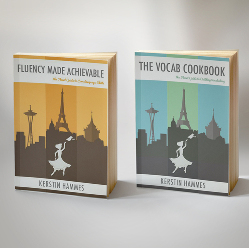The little-told story of how the U.S. government poisoned alcohol during Prohibition with deadly consequences.
It was Christmas Eve 1926, the streets aglitter with snow and lights, when the man afraid of Santa Claus stumbled into the emergency room at New York City's Bellevue Hospital. He was flushed, gasping with fear: Santa Claus, he kept telling the nurses, was just behind him, wielding a baseball bat.
Before hospital staff realized how sick he was—the alcohol-induced hallucination was just a symptom—the man died. So did another holiday partygoer. And another. As dusk fell on Christmas, the hospital staff tallied up more than 60 people made desperately ill by alcohol and eight dead from it. Within the next two days, yet another 23 people died in the city from celebrating the season.
Doctors were accustomed to alcohol poisoning by then, the routine of life in the Prohibition era. The bootlegged whiskies and so-called gins often made people sick. The liquor produced in hidden stills frequently came tainted with metals and other impurities. But this outbreak was bizarrely different. The deaths, as investigators would shortly realize, came courtesy of the U.S. government.
Frustrated that people continued to consume so much alcohol even after it was banned, federal officials had decided to try a different kind of enforcement. They ordered the poisoning of industrial alcohols manufactured in the United States, products regularly stolen by bootleggers and resold as drinkable spirits. The idea was to scare people into giving up illicit drinking. Instead, by the time Prohibition ended in 1933, the federal poisoning program, by some estimates, had killed at least 10,000 people.
Although mostly forgotten today, the "chemist's war of Prohibition" remains one of the strangest and most deadly decisions in American law-enforcement history. As one of its most outspoken opponents, Charles Norris, the chief medical examiner of New York City during the 1920s, liked to say, it was "our national experiment in extermination." Poisonous alcohol still kills—16 people died just this month after drinking lethal booze in Indonesia, where bootleggers make their own brews to avoid steep taxes—but that's due to unscrupulous businessmen rather than government order.
I learned of the federal poisoning program while researching my new book, The Poisoner's Handbook, which is set in jazz-age New York. My first reaction was that I must have gotten it wrong. "I never heard that the government poisoned people during Prohibition, did you?" I kept saying to friends, family members, colleagues.
Psst...
Do you want to get language learning tips and resources every week or two? Join our mailing list to receive new ways to improve your language learning in your inbox!
Join the listEnglish Audio Request
|
|
407
Words
/
1 Recordings
/
0 Comments
|
Recordings
Comments
Overview
You can use our built-in RhinoRecorder to record from within your browser, or you may also use the form to upload an audio file for this Audio Request.
Don't have audio recording software? We recommend Audacity. It's free and easy to use.

